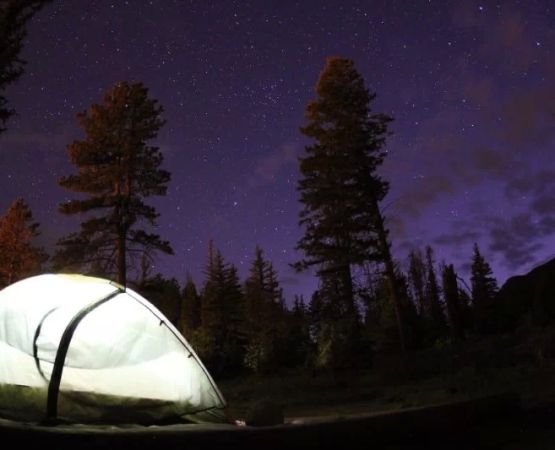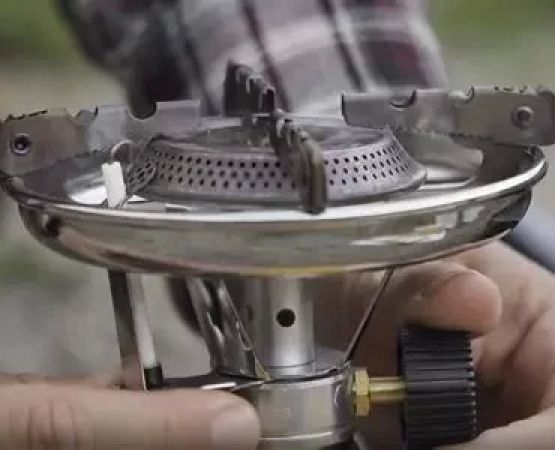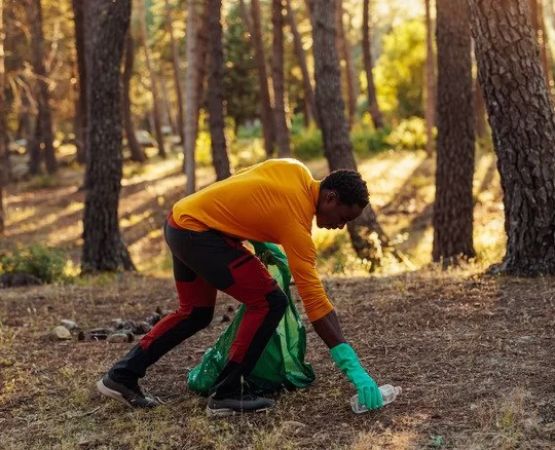How to Plan a Successful Camping and Mountaineering Adventure
Planning a camping and mountaineering adventure can be one of the most exhilarating yet daunting experiences for any outdoor enthusiast. I’ve always been drawn to the mountains and the open trails, but I remember the first time I decided to embark on such a journey. There was a lot to figure out – from the gear I would need to the route I would take. After years of experience, I can confidently say that careful preparation is key to ensuring you have an unforgettable and safe experience in the great outdoors. If you're considering a similar adventure, this guide will walk you through the steps I’ve learned to make your mountaineering and camping trip a success.
1. Choosing the Right Destination
The first and most important step in planning your camping and mountaineering adventure is choosing the right destination. It's tempting to pick the most challenging mountain range or the most famous trail, but it’s essential to consider your skill level and experience before making a decision. When I first started, I opted for a relatively easy trail in the Rockies to build my confidence, and that turned out to be a great choice. You want to find a destination that fits your abilities but also pushes you to grow as an adventurer.
1.1 Researching Trails and Campsites
When I chose my first destination, I spent hours researching trails and nearby campsites. Websites like AllTrails and the official national park pages offer detailed information about routes, trail difficulty, terrain, and elevation. It’s also important to check the camping regulations in your chosen area – some places require permits, while others have restrictions on campfires or wildlife protection. Planning the route and campsite locations ahead of time ensures a smoother and safer journey.
2. Gathering the Right Gear
One of the most crucial aspects of planning a mountaineering and camping adventure is selecting the right gear. I’ve learned that packing too much or not enough can make a huge difference in the quality of your experience. I personally recommend focusing on lightweight, durable gear that serves multiple purposes. Here’s a breakdown of the essentials I always bring:
2.1 Clothing and Footwear
For clothing, I always make sure to layer appropriately. The weather in the mountains can change quickly, and having a reliable layering system is crucial for staying warm. I like to wear moisture-wicking base layers, followed by a breathable mid-layer (like fleece or a lightweight down jacket), and a waterproof shell for outerwear. Footwear is equally important—opt for high-quality hiking boots that provide support and grip on rocky terrain. I learned the hard way that a bad pair of boots can quickly turn an enjoyable hike into a painful experience.
2.2 Camping Gear
Camping gear is where I invested the most when I first started. A durable, weather-resistant tent is essential to protect you from the elements. I also recommend bringing a good sleeping bag that’s rated for the temperatures you’ll encounter. Don’t forget to pack a lightweight stove, a reliable headlamp, and a first-aid kit. I personally prefer a portable water filter, especially when traveling in remote areas where water sources are abundant but may not always be clean.
3. Preparing for Safety
Safety should be a top priority for any mountaineering or camping trip. When I began my mountaineering adventures, I was reminded time and again that preparation is key to avoiding accidents. Always let someone know your itinerary before you go, and make sure your phone is fully charged with extra power banks. The further you’re hiking, the more crucial it becomes to carry a map and a compass, even if you plan to use GPS on your phone. It's easy to get lost on unfamiliar trails, and technology can fail when you least expect it.
3.1 Understanding Weather and Terrain
One of the most important aspects of mountaineering safety is understanding the weather patterns in your chosen area. I’ve encountered sudden rainstorms and temperature drops that caught me off guard. It’s vital to check weather forecasts regularly and have contingency plans in case conditions worsen. Understanding the terrain is also important: know the risks of rockslides, snow conditions, and how altitude can affect your health, especially if you’re not accustomed to high elevations.
4. Planning Meals and Hydration
As much as I enjoy the physical challenges of mountaineering, I’ve learned that food and hydration are just as critical to a successful adventure. Before my first trip, I underestimated how important it was to bring enough water and easily prepared meals. I now always pack enough water for the journey, supplemented by portable filtration systems when fresh water is available on the trail. I also make sure to bring nutrient-dense snacks like trail mix, energy bars, and dried fruit to keep my energy up throughout the hike.
4.1 Cooking and Meal Preparation
Cooking meals in the wild can be simple but satisfying. A compact stove and lightweight cooking pots can make meal prep quick and easy. I prefer preparing freeze-dried meals that only require hot water, which saves on weight and hassle. These meals have come in handy during long days on the trail when I’m too tired to cook anything elaborate but still need the energy boost.
5. Training and Physical Preparation
Physical preparation is something I wish I had focused more on when I first started mountaineering. I learned that getting in good physical shape makes all the difference when it comes to tackling long and challenging trails. Regular hikes with a weighted pack, cardio exercises, and strength training have significantly improved my stamina. If you’re planning a trip that includes steep inclines or high altitudes, it’s essential to start preparing your body well in advance.
5.1 Acclimatization and Endurance
For higher altitude adventures, acclimatization is crucial to avoid altitude sickness. I make sure to take things slow and spend a night at a lower elevation before heading up to higher camps. This allows my body to adjust and reduces the risks of headaches and fatigue. Being physically prepared and knowing when to slow down has helped me enjoy my mountaineering trips without pushing myself too hard.
6. Mental Preparation and Mindset
Planning your mountaineering and camping adventure isn’t just about the physical aspects—it’s also about mental preparation. I’ve found that having the right mindset is essential to overcoming the inevitable challenges that arise during outdoor adventures. There will be tough days when you feel exhausted or frustrated, but keeping a positive attitude and focusing on the reward at the end makes a huge difference. Knowing that the adventure is an opportunity to push yourself beyond your limits and reconnect with nature is what keeps me motivated.
6.1 Building Confidence and Resilience
During my early days of mountaineering, I faced moments of self-doubt, but overcoming each challenge gave me a new sense of confidence. Whether it’s summiting a mountain or navigating through difficult terrain, each success builds resilience. Don’t rush the process—take your time, learn from each adventure, and embrace the journey.






